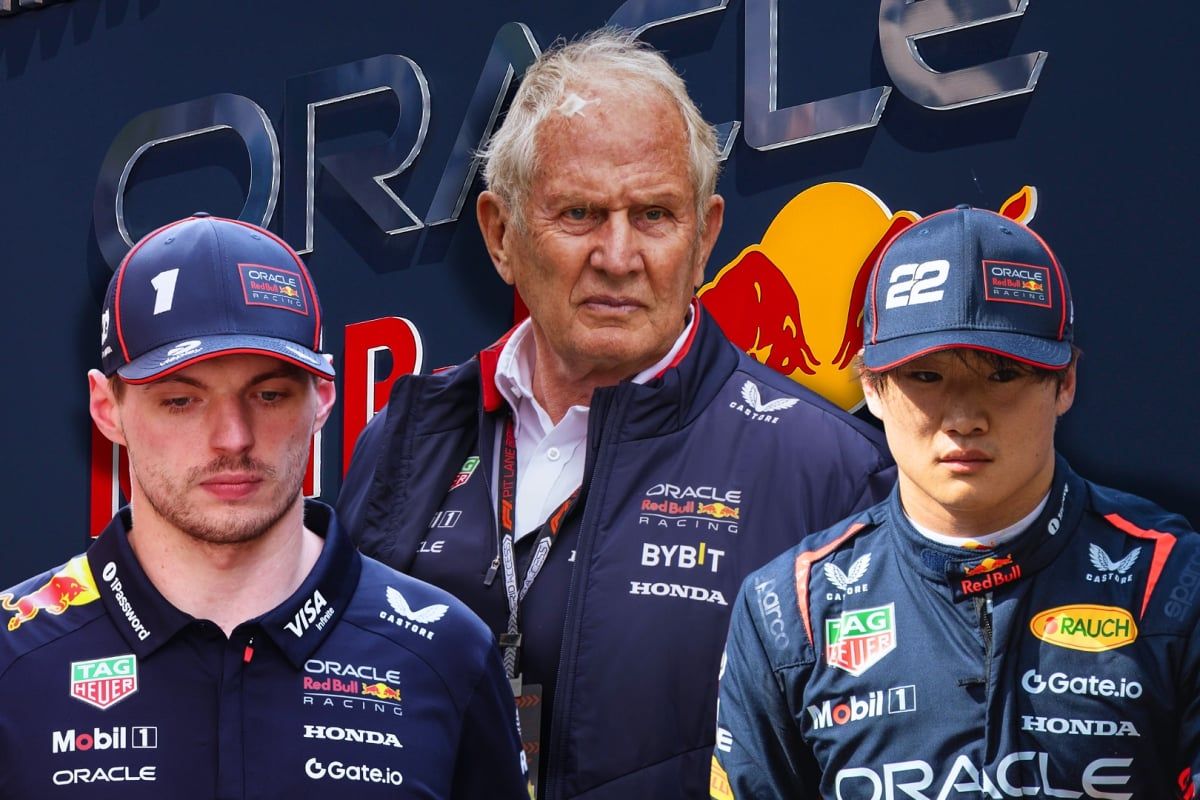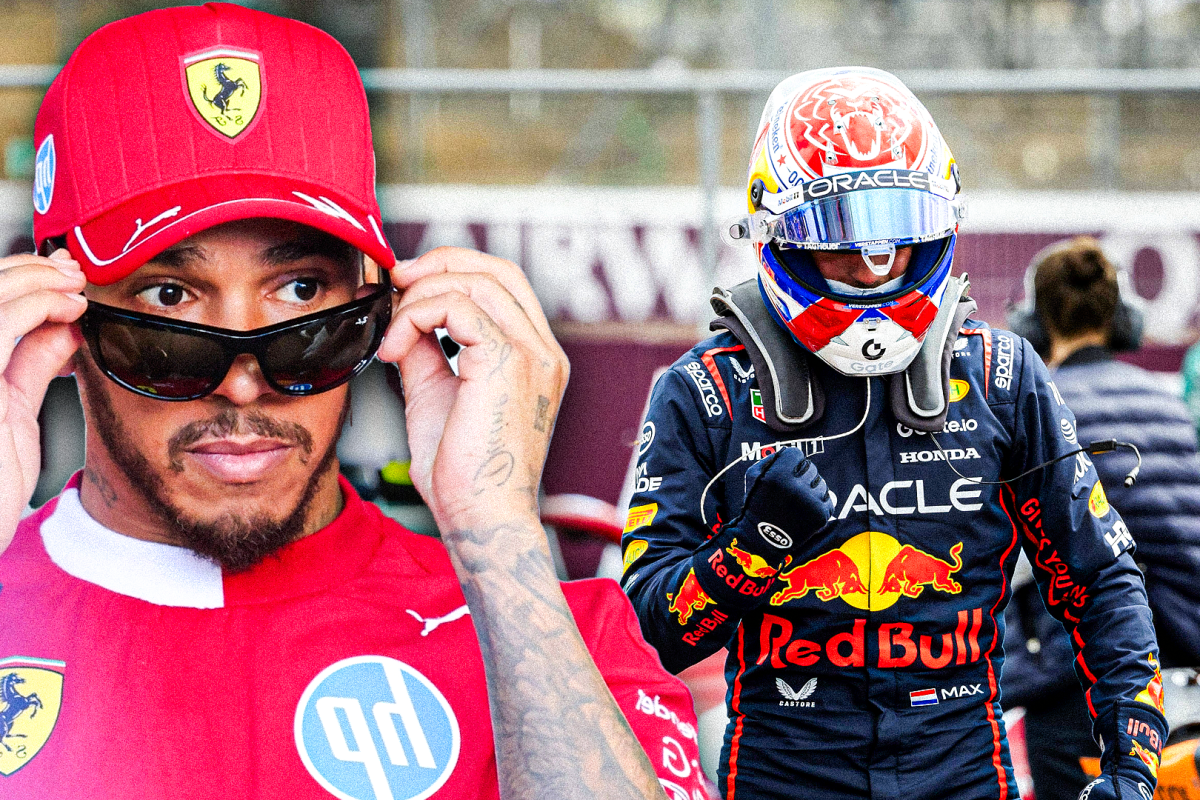FIA announced penalty on Both Norris and Piastri after…read more
McLaren’s highly competitive Formula 1 duo, Lando Norris and Oscar Piastri, face the looming threat of an FIA penalty this weekend at the Hungarian Grand Prix due to nearing the maximum usage of crucial engine components. As the team arrives at the Hungaroring holding a substantial lead in the Constructors’ Championship standings, both drivers are poised to race freely for the win. However, this luxury could be short-lived if a penalty arises from breaching power unit (PU) limits.
The papaya-clad team has experienced a stellar season so far, with both drivers consistently performing at the front of the grid. But they now find themselves in a precarious position. According to the 2025 Formula One Sporting Regulations—specifically Article 28.2—each driver is allowed to use a limited number of PU elements during the season. The limits are set at four for the internal combustion engine (ICE), turbocharger (TC), motor generator unit-heat (MGU-H), and motor generator unit-kinetic (MGU-K). Additionally, drivers are only permitted two energy stores (ES), two control electronics (CE), and eight exhaust systems. Exceeding these allocations triggers grid penalties or, worse, a mandatory pit lane start.
Both Norris and Piastri have already maxed out their quota for the ICE, TC, MGU-H, and MGU-K components. Each has also used both of their allocated energy stores and control electronics. This means that if either McLaren driver requires a replacement for any of these parts, they will be forced to start Sunday’s race from the pit lane, a significant strategic disadvantage.
This risk is particularly alarming considering the precedent set just last weekend at the Belgian Grand Prix. Seven-time world champion Lewis Hamilton was slapped with a severe penalty after Mercedes changed several PU components on his Ferrari-powered car without prior approval from the FIA technical delegate. Hamilton’s updates included a new ICE, TC, MGU-H, MGU-K, energy store, and control electronics—each breaching the season’s quota. As a result, he started the race from the pit lane at Spa-Francorchamps. Despite a remarkable recovery drive that saw him finish in seventh place, McLaren will no doubt be wary of falling into the same situation at the Hungaroring.
The FIA’s strict PU component usage limits are designed to promote efficiency and reliability throughout the long F1 calendar. While they serve as a cost-control and sustainability measure, they also add a layer of complexity and risk to team strategies, especially during the second half of the season.
As it stands, McLaren’s driver stats ahead of the Hungarian GP show that both Norris and Piastri have used the maximum of four ICEs, four turbochargers, four MGU-Hs, and four MGU-Ks, along with both energy stores and both control electronics units. This leaves them with no room for mechanical error or unexpected issues that could necessitate a component swap. They’ve also each used three of the eight permitted exhaust systems, leaving a small buffer in that category.
McLaren is not alone in this predicament. Several other drivers, such as Lewis Hamilton, Kimi Antonelli, and Fernando Alonso, have already surpassed the limit on multiple PU elements, triggering penalties earlier in the season. Others, like Max Verstappen and Esteban Ocon, have managed their allocations more conservatively, staying within the season’s constraints so far.
With the Hungarian GP shaping up to be a critical race in the 2025 championship, all eyes will be on McLaren to see if they can maintain their lead and keep their drivers penalty-free. For Norris and Piastri, the challenge will be to balance competitive racing with mechanical preservation. Any misstep could see them starting from the pit lane—something both drivers and the team will be desperate to avoid.
As Formula 1 continues its demanding schedule, PU management remains a critical, often overlooked, aspect of race strategy. For McLaren, the next few races will test not only the speed of their cars but also the resilience of their engines.




